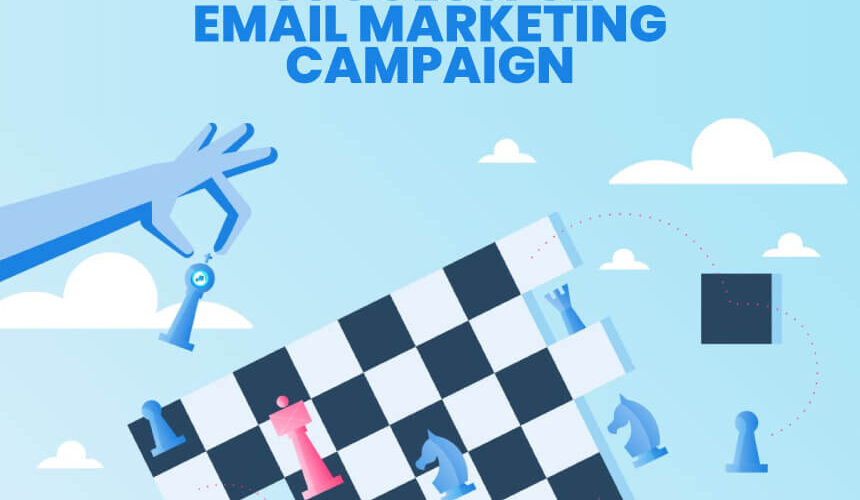Email marketing campaigns aren’t new, but they remain a popular choice among savvy marketers. When the right content arrives in someone’s inbox at the right time, it can cut through the clutter, capture their attention, nurture their interest, and convert them.
One of the most effective ways to communicate with your customers is by email. Sending emails to current and potential customers to increase brand awareness, drive engagement, nurture leads, or make a sale is what email marketing is all about. It can aid in nurturing leads, promoting your brand, and the sale of your products.
How does Email Marketing work?
The promotion of a product or service by sending commercial messages to targeted people via email is known as email marketing. Email marketing can be defined as any email sent to a potential or current customer. Direct mail marketing is another term for email marketing. It is one of the internet marketing segments.
Email marketing is a popular way for companies to communicate with their customers. It’s one of the quickest, cheapest, and most straightforward ways for businesses to communicate with customers. It usually entails sending advertisements, soliciting business, and donations via email.
Email marketing aims to improve a merchant’s relationship with customers by persuading current customers to buy something right away, attracting new customers, and encouraging customer loyalty. Its main goal is to increase brand awareness and trust.
A Step-By-Step Guide To Running A Successful Email Marketing Campaign
Email marketing is a fantastic tool for establishing customer relationships and generating leads and sales.
The steps below will assist you in running a successful email marketing campaign:
Set Your Goals
Setting goals should be the first step in any marketing effort, and email marketing is no exception. Consider what you want to achieve before planning and executing your campaign.
The following are a few ideas to get you started:
- Boost your brand’s engagement by inviting your subscribers to a webinar or encouraging them to connect with you on social media.
- Lead nurturing will most likely entail delivering high-value content.
- Subscribers who haven’t been active in a while should be re-engaged.
- Subscribers can be segmented so that you can send more targeted campaigns in the future.
Recognize Your Target Market
You probably already have a rough idea of who your target market is, but this isn’t good enough when it comes to creating effective email marketing campaigns that help you meet your objectives.
The importance of segmentation cannot be overstated. Your audience can be divided into groups based on demographics, behaviours, and where they are in the customer journey. To improve the accuracy of your segmentation, you can use data from previous campaigns, analytics, social media, and even third-party data collectors.
Determine Email Types
Once you’ve decided on a goal and determined who your target audience is. It’s now time to close the gap between them. You’ll want to choose an email type that fits your goals as well as the needs and desires of your target audience.
The following are some of the most common email formats:
- Promotional emails: These communicate details about sales and special offers, new products, upcoming events, and other company news.
- Relational emails: These deliver on your promises, such as a monthly newsletter, a discount code for signing up, an informal email, or relevant information.
- Transaction emails: These are usually triggered by a website action and may include:
- Confirmations of registration
- Greetings messages
- Changes to account or subscriber information are acknowledged.
- Purchase and delivery confirmations
Make a plan for your emails.
Regardless of the type, goal, or audience, emails must be timely, engaging, relevant, and valuable. A connected campaign should also be consistent and follow a logical path. In other words, it should make sense and stand-alone – referencing previous emails in your campaign is a common tactic.
Try jotting down the following in the early stages of planning:
- Frequency
- Email format (s)
- Theme in general
- A basic outline of each email’s content
- You want your subscribers to take a specific action.
Send, Test, and Track Key Metrics
Your email has been sent. But sending the message isn’t the end of the process. Data collection is critical for future campaign optimization. Everything should be tested, from the subject line to the design and layout. You should also keep track of your analytics, such as clicks, unsubscribes, and forwards.
Conclusion
Email marketing is a process; the more you do it and collect data, the higher your Return On Investment (ROI) will be. Use this step-by-step guide to see what works best for your brand and audience as a starting point.
Source link




